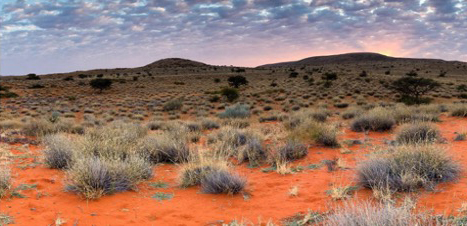Cobre Limited’s (ASX: CBE) initial assay results from a recently completed 5,120m diamond drill campaign at the Ngami Copper Project (NCP) in Botswana have returned several significant copper-silver (Cu-Ag) intersections.
The drilling was testing new and developing targets and had demonstrated the scale of the mineralized system which appears to be extensively developed on both the southern limb of the anticline opposite the Comet Target and along strike to the northeast of Comet.
“The first batch of assay results from recent drilling includes data from new targets identified from soil sampling anomalies,” CEO, Adam Wooldridge, said.
“The presence of anomalous intersections in several drill holes confirms the extensive scale of copper- silver mineralization, which exceeds our initial expectations. The results suggest that we may now have several tens of kilometres of prospective strike, where mineralization may be locally (structurally) concentrated into economic grades rather than isolated targets.
“The results bear many similarities to the anomalous copper background, size and structural setting of Banana Zone in the north-eastern Kalahari Copper Belt, providing a useful exploration analogue. Our primary focus for follow-up work will be to identify the higher-grade portions of the contact.”
In addition to advancing targets Cosmos and Interstellar, the assay results highlight the extent of the mineralizing system at NCP which is significantly larger than initially interpreted, extending over several tens of kilometres on both the northern and southern limbs of the main target anticlinal feature at NCP.
Samples for the remainder of the programme, including infill drilling at the Comet Target, are currently being processed at ALS laboratories in Johannesburg.
Completion of 3D modelling
A 3D geological model has been created using a combination of lithological and structural data from oriented diamond drill core in Leapfrog software.
In addition to modelling, the main stratigraphic contacts and upward coarsening cycles, distinct marker units have also been individually modelled providing information on lateral facies variations which may provide further vectors to higher grade mineralization. The model also serves as a starting point for future resource modelling.
For further information please visit: https://www.cobre.com.au/












